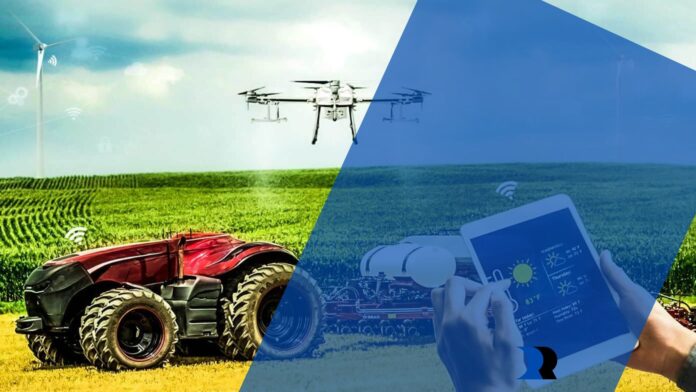Agriculture is one of the oldest forms of business. Humans began growing crops over 10,000 years ago and soon started trading them for other assets. This is how the economy was born. It seems that farming is a very simple thing: you just need to sow the seeds and harvest in time. Few people realize the tremendous work scientists are doing to increase the yield of various plants and raise food standards. In 2023, innovation continues to accompany this industry as before.
AgTech’s need for technology is driven by the challenges facing the industry. In the 21st century, population growth continues, and even the most modest forecasts promise plus 2 billion people over the next 30 years. Accordingly, agriculture should produce more and more products every year. Environmental issues, lack of attention from investors, and growing consumer demands oblige entrepreneurs to introduce new technologies and improve the efficiency of their businesses. This article will focus on the AgTech Trends that will transform the most important industry on the planet.
6 Leading AgTech Trends
Many technologies are currently being used in the agricultural business. Here are just a few of them:
- The first trend that farmers are actively using in 2023 is precision farming. Imagine a situation where you are growing some kind of crop in a greenhouse. You create perfect conditions: soil composition, temperature, humidity, and other parameters are under control. As a result, your harvest is close to ideal. Precision farming uses roughly the same principle, only on a larger scale. The fields occupy huge areas and are in the open air — we cannot create ideal conditions there. However, we can use technology — drones, sensors, satellite imagery — to collect information and make accurate decisions. This helps reduce costs and increase yields.
- Vertical farming is another technological innovation that increases productivity and saves resources. Farms occupy a small area due to the large number of tiers. A skyscraper is a good analogy: the base of the building is small, but the interior usable area is huge. Vertical farming reduces logistics costs as farms can be located in close proximity to cities.

- Of course, in our analysis of agricultural trends in 2023, we cannot fail to mention artificial intelligence (AI). This super-promising branch of science is now finding application in the most unexpected industries. In the agricultural business, it is used for accurate calculations and data-driven decision-making. AI can coordinate sensors and drones for precision farming and calculate the optimal amount of water and fertilizer.
- Number four on our list is a technology that until recently seemed like science fiction — automation with the help of “smart” robots. This technological trend may reduce the need for human resources. And machine learning algorithms will help make the work of robots more efficient than if people were doing it. New workers will be required to operate these machines, including those equipped with an advanced dust control system, but in the long run, the trend could fuel the growth of the agricultural business.
- The next trend seems to be completely incompatible with traditional farming. We are talking about blockchain technology. Algorithms that were first used in the financial sector can be used very effectively in AgTech. The uniqueness of this technology lies in the fact that all transactions are saved in it, and they cannot be deleted or overwritten later. Farmers can control their products from the moment the seeds are planted to the moment food is delivered to stores. The risk of fraud or accidental loss is minimal. And regulators will always be able to check the origin and quality of food.

- Biotechnologies. Since the time of Mendel, scientists have been figuring out how to improve the quality of varieties. This is done by both amateur growers and world-famous specialists. Thus, genetic engineering makes it possible to increase the resistance of crops to various diseases and increase the resistance of plants in a changing climate.
Conclusion
AgTech trends cannot be overlooked. The industry has no right to stop or work inefficiently. Food security is a strategic objective of every country, so enterprises must constantly adopt advanced technologies and improve the quality of their products.
The key trend that we highlighted in this analysis is artificial intelligence. AI helps coordinate the work of other technologies, analyze data, and make decisions. Classical science in the form of biotechnology research also plays an important role in the development of the industry. Optimization solutions, such as vertical farming, help save resources. Thus, we see that the trends of 2023 are complementary to each other and, if possible, should be used together.


